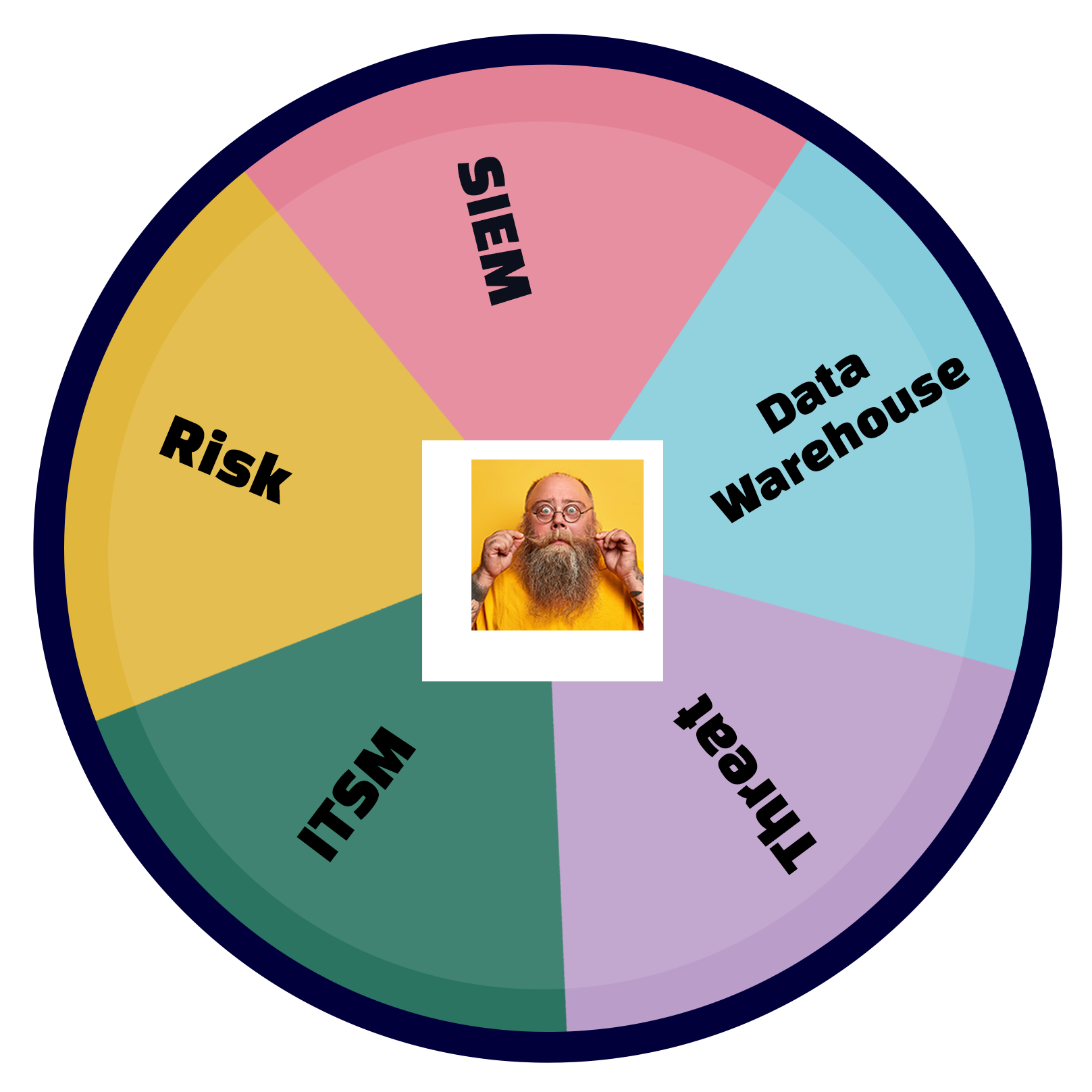In today’s digital world, cybersecurity risks are a significant concern for businesses of all sizes. A cybersecurity risk assessment is a crucial tool for identifying potential vulnerabilities and developing a comprehensive cybersecurity strategy. By conducting a cybersecurity risk assessment, organizations gain a better understanding of their security posture and develop a plan to mitigate potential risks. In this article, we provide an overview of how to conduct a cybersecurity risk assessment, including the key steps and considerations.
Understanding Cybersecurity Risk Assessment
A cybersecurity risk assessment is the process of identifying and evaluating potential cybersecurity risks to an organization’s assets, including data, systems, and applications. The assessment helps organizations identify potential vulnerabilities, assess the likelihood and impact of potential threats, and develop a plan to mitigate potential risks.
Steps to Conduct a Cybersecurity Risk Assessment
A cybersecurity risk assessment includes these steps:
- Identify Assets and Risks: The first step in a cybersecurity risk assessment is to identify the assets to be assessed. This includes identifying all hardware, software, data, and network infrastructure that could be at risk.
- Evaluate Threats: After the assets and risks have been identified, the next step is to evaluate potential threats. Identify potential threats and determine the likelihood and impact of each threat. Threats can originate from internal sources, such as employees or contractors, or external sources, such as hackers or cybercriminals.
- Assess Vulnerabilities: After evaluating potential threats, the next step is to assess vulnerabilities. Identify potential weaknesses in the organization’s systems, processes, and policies that could be exploited by a threat actor.
- Determine Risk Levels: The next step is to determine the level of risk associated with each potential threat and vulnerability. Assess the likelihood and impact of each risk (threats and vulnerabilities) and categorize risks based on their severity.
- Develop Mitigation Strategies: After the risks have been identified and categorized, the next step is to develop mitigation strategies. Develop a plan to reduce or eliminate potential risks, including implementing security controls, policies, and procedures.
- Monitor and Review: The final step in conducting a cybersecurity risk assessment is to monitor and review the effectiveness of the mitigation strategies. Regularly review and update the risk assessment to ensure that it remains accurate and up-to-date.
Considerations for Conducting a Cybersecurity Risk Assessment
When conducting a cybersecurity risk assessment, there are several key considerations to keep in mind:
- The assessment should be tailored to the specific needs and risks of the organization.
- The assessment should be conducted by qualified personnel with expertise in cybersecurity risk assessment.
- The assessment should be conducted regularly, at least annually, to ensure that it remains up-to-date and accurate.
- The assessment should be conducted in conjunction with other cybersecurity measures, such as regular security testing and employee training.
Conclusion
In conclusion, conducting a cybersecurity risk assessment is a crucial step towards developing a comprehensive cybersecurity strategy. By identifying potential risks and vulnerabilities, organizations can develop a plan to mitigate potential risks and protect their assets. Note that a cybersecurity risk assessment is an ongoing process that should be regularly reviewed and updated to ensure that it remains accurate and effective. By following the steps and considerations outlined in this article, organizations can take proactive steps towards improving their cybersecurity posture and protecting against potential threats.









